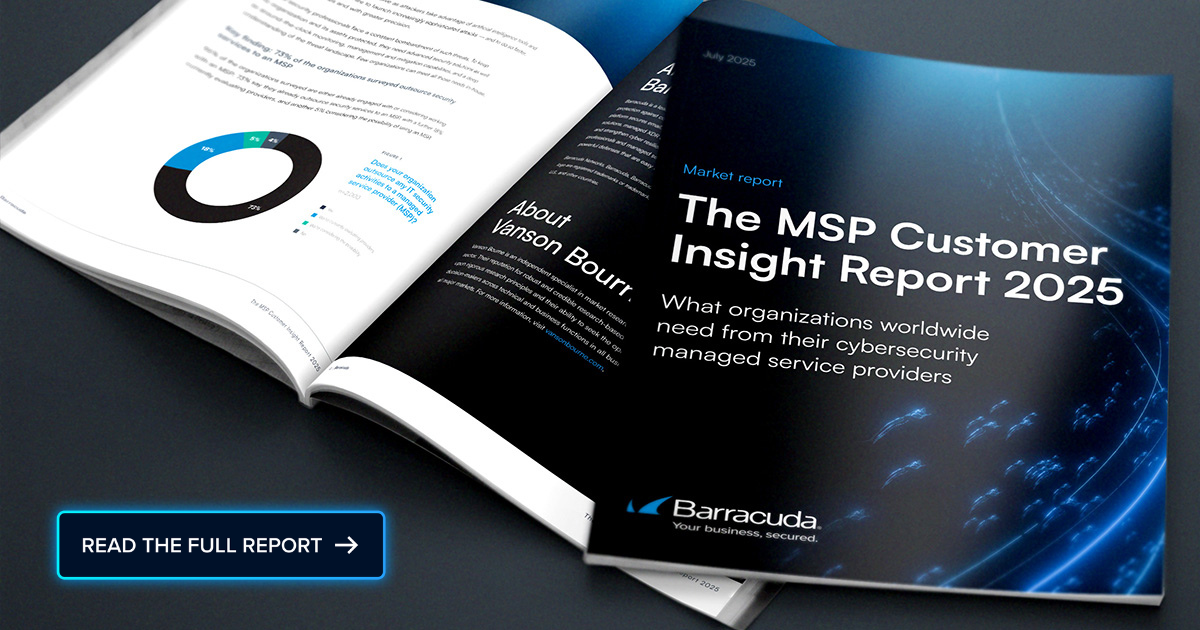
 This October marks the 22nd annual Cybersecurity Awareness Month, a campaign co-led by the Cybersecurity and Infrastructure Security Agency (CISA) and the National Cybersecurity Alliance. This year’s theme, “Building a Cyber Strong America,” coincides with the sponsoring agency – CISA – shutdown because of the U.S. government shutdown.
This October marks the 22nd annual Cybersecurity Awareness Month, a campaign co-led by the Cybersecurity and Infrastructure Security Agency (CISA) and the National Cybersecurity Alliance. This year’s theme, “Building a Cyber Strong America,” coincides with the sponsoring agency – CISA – shutdown because of the U.S. government shutdown.
But shuttered government doesn’t mean shuttered hackers. They are preparing to strike.
The numbers tell a stark story: While the global average cost of a data breach decreased to $4.44 million in 2025—down 9 percent from 2024’s all-time high—cybercrime is still projected to cost businesses $10.5 trillion this year. Meanwhile, only 14 percent of organizations report having the right cybersecurity talent, and approximately 4,000 cyberattacks occur daily, reflecting that hackers launch an attack roughly every three seconds. Perhaps most concerning, 83 percent of organizations have faced at least one account takeover attack in the past year, with human error driving 68 percent of all data breaches.
Securing systems through strategy
SmarterMSP.com reached out to a range of industry experts and stakeholders to gather insights on the current state of cybersecurity. Their goal was to highlight what managed service providers (MSPs) should focus on during Cybersecurity Awareness Month—and throughout the year.
Ali Allage, cofounder, CTO & CISO at HoloMD: The most pressing threats I’m currently seeing in the AI space come from AI’s ability to lower the skill barrier for cyberattacks. Attackers no longer need teams of engineers and writers. AI acts like a thought partner, helping them discover vulnerabilities, automate phishing campaigns, or trick systems into exposing data. For healthcare platforms like HoloMD, the concern is especially high: a poorly protected AI interface could be manipulated with crafted prompts to reveal sensitive patient information.
Traditional security models based on firewalls and compliance checkboxes don’t account for these new attack vectors. Every AI-powered interface is now an entry point.
The good news is AI can also fortify defenses. At HoloMD, we use layered safeguards like our “human-in-the-loop” model, fact-checking against multiple sources and redundancy in decision-making before delivering responses to patients. This ensures accuracy while reducing the risk of hallucinations or inappropriate outputs.
AI accelerates threat detection
Across industries, AI can power real-time monitoring, detect abnormal usage patterns, and proactively flag threats before they escalate. But the real key is pairing AI speed with human oversight. Companies must commit to training staff, embedding security-first practices into workflows, and treating AI as an assistant, not a replacement.
Mike Walters, President and Co-founder of Action1: Cybersecurity Awareness Month reminds us that awareness alone is not enough—organizations need action to stay protected. With today’s surge in exploited vulnerabilities, even a temporary expansion of automated patching capacity can make a lasting difference by helping IT teams catch up on older, yet still highly exploitable weaknesses. To support this effort, Action1 is doubling endpoint coverage for all customers and free-tier users throughout October. This initiative gives organizations a chance to eliminate long-standing security gaps at no additional cost.
Proactive defense through identity
Defense in depth isn’t a checklist, it’s a mindset. The goal isn’t to build one strong wall, but to layer protection so that if one measure fails, another stands ready. The best programs combine technology, people, and process. Firewalls and SIEM tools are important, but so are user awareness and clear escalation paths. True protection comes from integration.
Chase Doellinger, Principal Strategist at JumpCloud: As we celebrate this year’s Cybersecurity Awareness Month theme, “Building a Cyber Strong America,” identity has become the front line of cybersecurity. With hybrid work, widespread personal device use, and growing AI adoption, organizations must prioritize identity-first strategies to protect both human and non-human accounts. Yet only 22 percent of organizations have fully embraced this approach, leaving significant gaps that threat actors can exploit.
Identity-first security is about proactive defense. Organizations need visibility into who and what is accessing their systems, enforce least-privilege access, and continuously monitor for anomalies. Strong multifactor authentication and adaptive access policies are implemented to protect human users. Additionally, non-human identities such as AI agents, automation scripts, and service accounts are securely managed and audited. By implementing comprehensive controls, organizations can reduce their attack surface, enforce consistent access policies, and prevent exploitable vulnerabilities.
Automation alone isn’t enough
The rise of AI and automation presents both opportunity and risk. While automated agents can streamline operations, they also expand the attack surface, creating new opportunities for cyberattacks. Organizations that integrate both human and non-human identities into identity-first strategies will strengthen their overall resilience and maintain operational continuity. This approach transforms identity management from a vulnerability into a strategic line of defense.
David Cottingham, President of rfIDEAS: Technology migrations are complex, but with 83 percent of organizations having faced at least one account takeover attack in the past year, it’s crucial to reassess outdated credentials and authentication methods. Just one compromised access point, physical or digital, can allow bad actors to infiltrate company systems. These breaches can cost an average of $4.8 million and cause business operations to slow down or halt completely.
Smarter credentials, stronger security
Cybersecurity Awareness Month serves as a timely reminder of the importance of staying ahead of evolving threats. One of the most effective ways to do this is through phased migrations to more secure technologies such as smart cards, mobile credentials, or passkeys. Encrypted credentials offer companies a way to future-proof both their physical and logical access systems. At the same time, they help create a more seamless and user-friendly experience for employees. The future of access control lies in technologies that combine security, convenience, and interoperability, empowering businesses to stay ahead of evolving cyber risks.
Photo: F8studio / Shutterstock
This post originally appeared on Smarter MSP.

